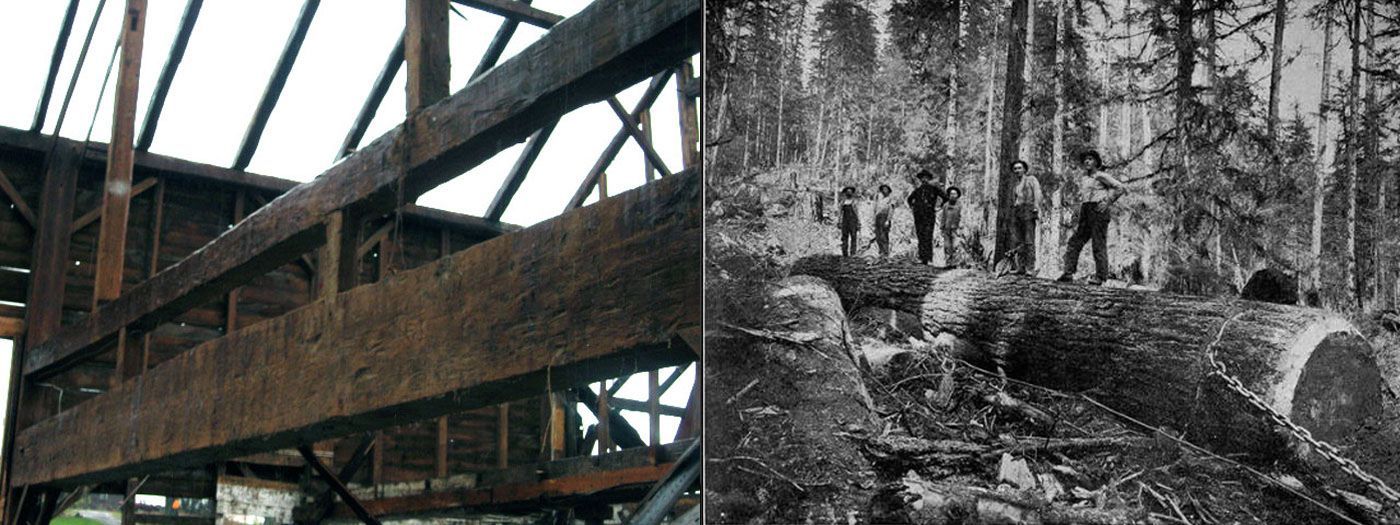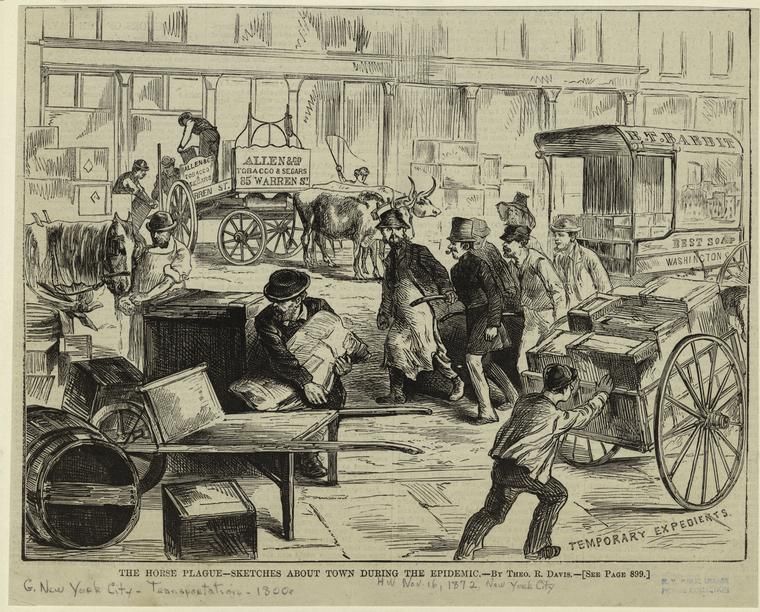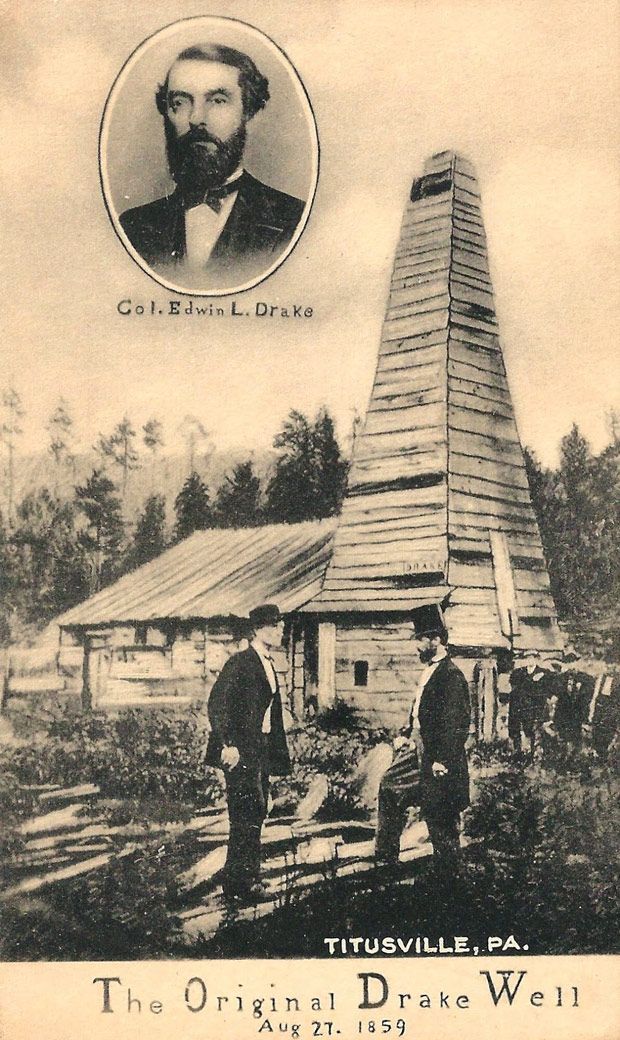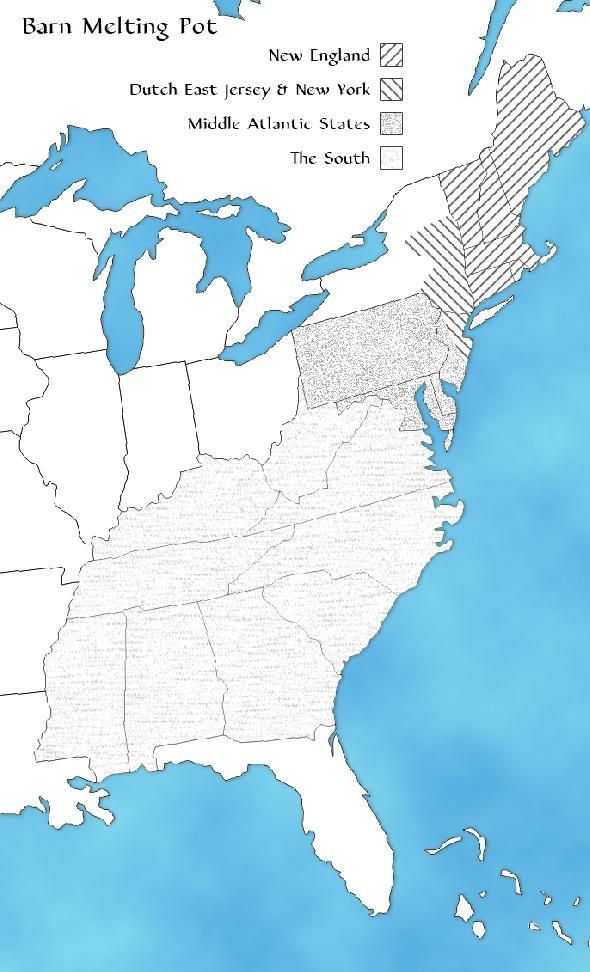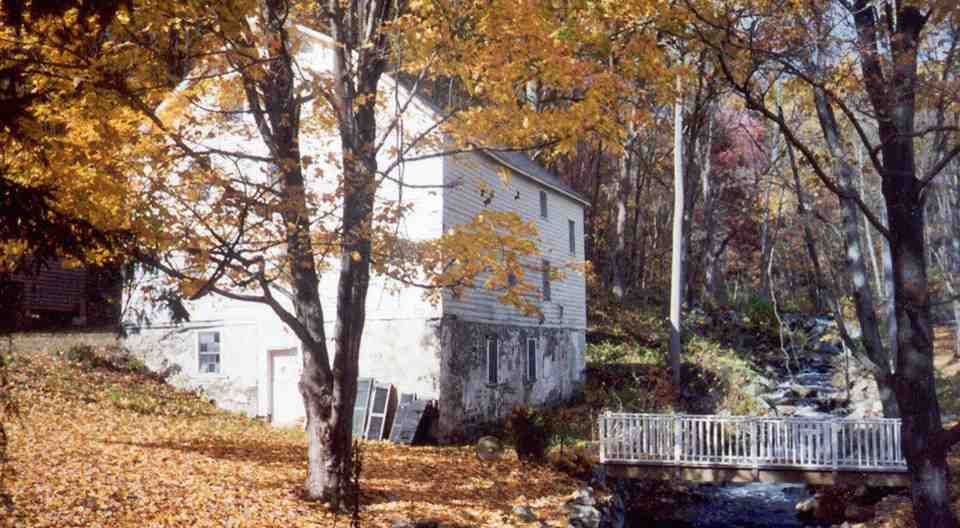Middleburg Palatine House
Adjacent to the LaRue barn1 you will find another timber-framed building that is actually an early American house. It was originally built about 1750 in the Schoharie Valley of New York state on a hillside above the Schoharie Creek. The left half measures twenty feet by twenty feet and is the original old house. The timber-framed addition on the right side was added about 1800.
The Schoharie region was settled by a group of 530 German families who had come from London, England, to the Hudson Valley in the English colony of New York, beginning in 1710. They had first come to London from the Palatinate region of Germany to escape war and the harsh, cold winter of 1708—a year in which vineyards and livestock died in weather so cold that birds froze in midair. These settlers numbered about 2,800 and were the largest single group of immigrants to come to the colony of New York before the American Revolution.
They had been able to come to America because they had agreed to process naval stores from the sap of the eastern white pine trees. Naval stores like turpentine, varnish and tar were essential to the Royal Navy in the days of wooden ships. But the venture collapsed when the local eastern white pine trees failed to produce a suitable quantity of sap. The Palatine Germans were then released from their obligations, and they then settled throughout the Hudson, Mohawk and Schoharie valleys.
So the British government’s attempt to enlist these families to mass produce naval stores ended in abject failure. The Palatine Germans suffered greatly from this failure, along with other difficulties, and during the troubled time of their move from Germany to England to America, many hundreds of men, women and children died. Yet when given the opportunity to return to their sustainable, agrarian way of life, they not only survived, but succeeded and
thrived. They went on to develop some of the most prosperous, productive farms in America, and by the time the Revolutionary War broke out in 1776, the Schoharie and Mohawk valleys were known for their abundant wheat production. This wheat helped to sustain the American Army under George Washington. When British forces and their Indian allies realized this, they raided the valleys in October of 1780, burning nearly 800 buildings. This Palatine house probably survived because it was built on a hillside above the valley. Yet, once again, after the war, these sturdy, resilient yeomen survived and returned to their farms from which they had been forced to flee. There they rebuilt and prospered.
1 See the Spring 2012 issue of the SustainLife Journal for an article on the LaRue barn.
Editorial Comment:
The Middleburg Palatine House is situated next to the LaRue barn, near our model homestead garden. We use the lower story for classes to teach gardening, agricultural and other related subjects and for audio-visual presentations. We make use of the upper story for office space.
Published in SustainLife Quarterly Journal (Summer 2012)
